I took a call from a farmer this week who had switched to a high-concentrate diet in order to save silage and was worried that two of his animals had developed acidosis as a result, having gone down in the shed.
However, having talked about his feeding regime and the animal group in question, we were able to come to the conclusion that it was likely something else that caused the problem.
The animals were 500kg to 600kg and were eating 5kg of concentrate daily fed in one feed. They had access to baled silage at all times.
The first thing that struck me was that this wasn’t a huge amount of concentrates for these types of cattle – representing less than half their total intake.
Unless they had been abruptly introduced to 5kg having previously been on no concentrates, then it was unlikely an acidosis problem. The farmer indeed confirmed that he had gradually adapted the cattle.
I asked him whether there was enough space for all cattle to eat when the meals were being fed and he said there was. There were two groups in question, one of 16 animals and one of eight animals, which according to the farmer all came in to eat when the meals were offered.
Then I told him to walk into the shed, look at the resting animals and tell me if, for every 10 animals resting, six were chewing the cud. The farmer was happy that this was the case. Then we looked at the principal acidosis indicator– dung. I asked were there any animals with very loose dung or evidence of very scuttery dung on the ground with bubbles in it?
The farmer said there wasn’t in his incidence. When this is the case, you can effectively rule out acidosis as a potential cause of his problem – dung doesn’t lie.
I also asked the farmer whether any of his animals had gone lame for no apparent reason, an indirect result of acidosis, which they hadn’t.
Other symptoms of acidosis include reduced animal performance, lethargic animals and heightened breathing rates. In severe cases of acute acidosis, animals will appear to kick their stomachs or stagger around pens. However, the above symptoms will manifest themselves before these where feeding management is causing acidosis, unless of course an individual animal suddenly gets access to a large amount of concentrate.
If you suspect acidosis in a group of cattle, split concentrate feeding into two feeds. Offer straw, hay or stemmy grass silage – acidosis can be caused by highly digestible silage too, though it will not affect the animal to the extent of meal-driven acidosis.




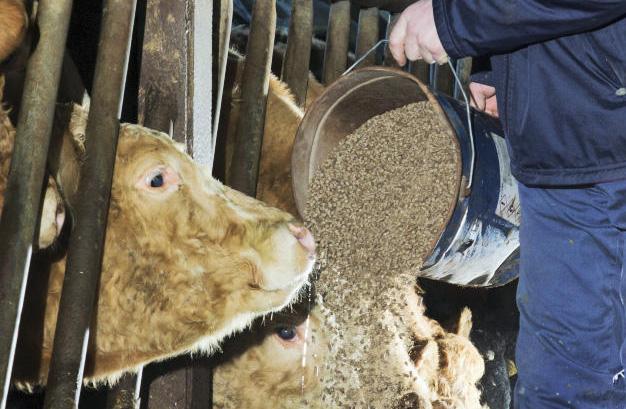
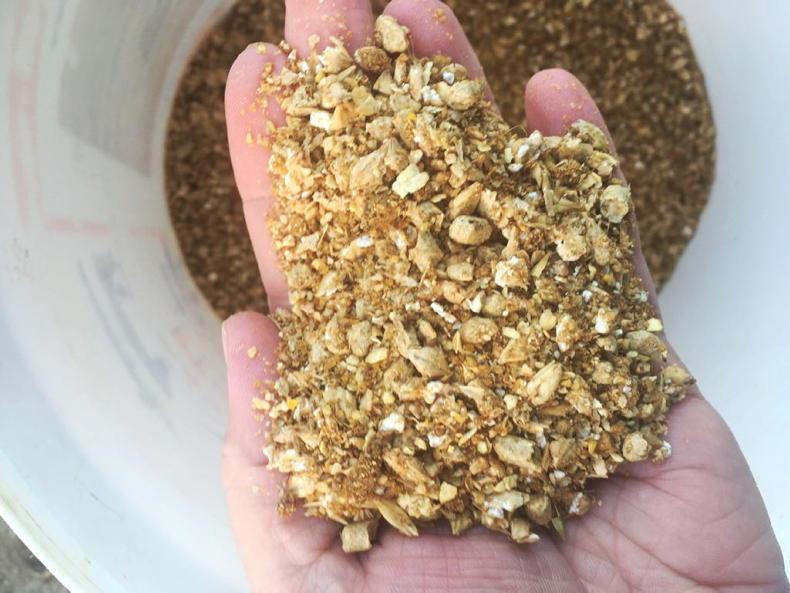

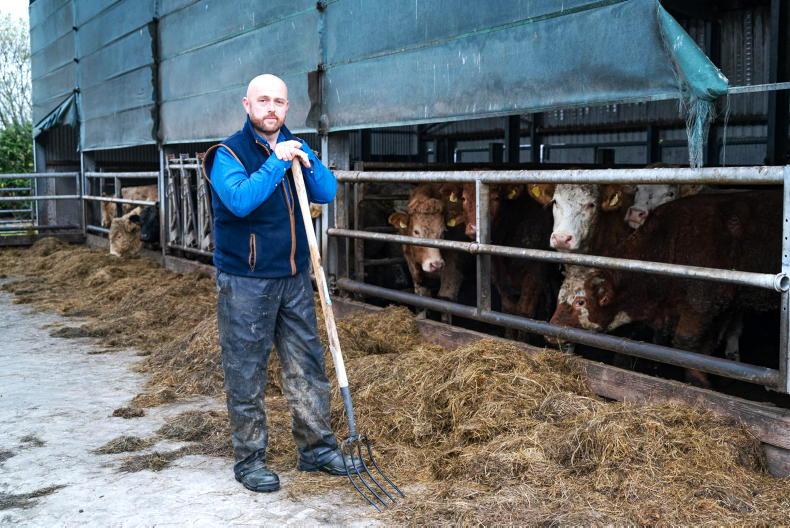
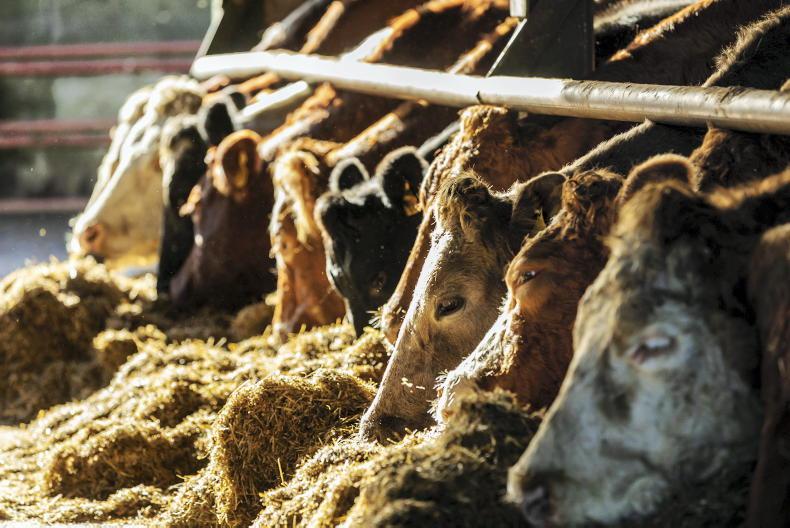
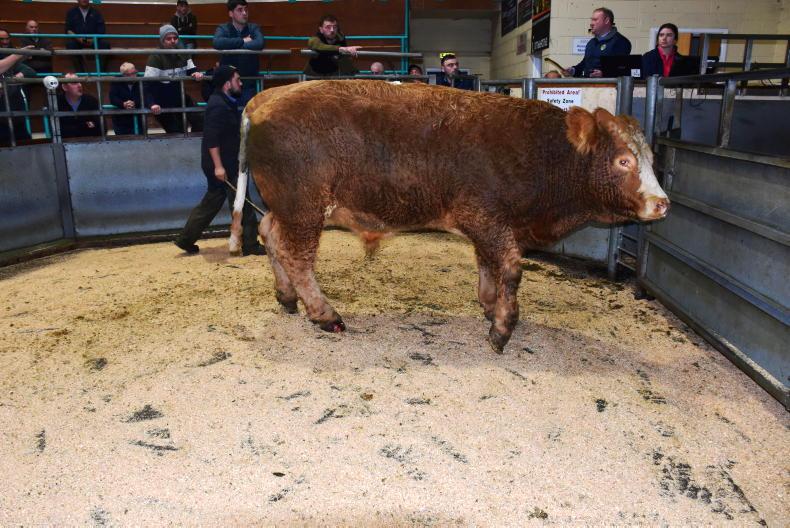
SHARING OPTIONS